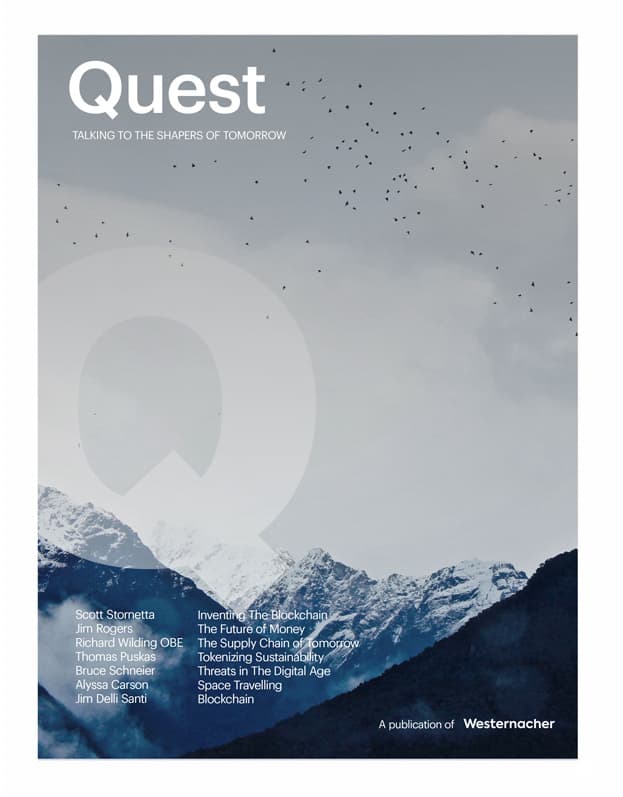Customer Reference
Customer
anonymous
Industry
Industrial Machinery & Components
Key technology
Country
Sweden
Result
- Established ownership of rationalization to support ongoing IT cost- and complexity reduction.
- Established a shared vocabulary and understanding of application rationalization.
- Designed a structured process with flexibility to support both existing rationalization efforts and new modernization programs.
- Build bespoke dashboards, enabling leadership to monitor high level progress.
- Created a roadmap on how to scale the value generation of application rationalization.
Challenge
The organization’s management recognized the need for application rationalization to reduce IT costs and simplify the technology landscape. However, they faced challenges in clarifying what “rationalization” should entail and aligning on its specific goals and implications. Additionally, there was a need for a shared vocabulary for rationalization and how it should be understood and practiced, as some existing programs were already carrying out rationalization efforts in various forms.
Given these challenges, it was critical to establish application rationalization as a sustainable mindset rather than a one-off project, accepting that it would be an ongoing, evolving effort rather than an immediate overhaul. To drive lasting change, the organization needed a structured process, cohesive data model, and transparent governance, all along with clear ownership and buy-in from key stakeholders.
Solution
Westernacher /formerly Konfident facilitated the dedicated core team, including early adopters, to develop a structured, sustainable process for application rationalization. This approach enabled the organization to build momentum, and to align on core concepts, define responsibilities, and establish a repeatable framework for ongoing rationalization. By prioritizing transparency and incremental improvements, the team built a clear roadmap for accessing necessary data over time, supporting long-term success. Key elements of the solution included:
Facilitating alignment on rationalization goals
Westernacher /formerly Konfident led collaborative sessions to define a clear, shared vision for rationalization. This early alignment enabled the organization to understand and agree on what rationalization meant within their context, creating a strong foundation for structured progress.
Engaging early adopters and integrating existing programs
To build momentum, we engaged early adopters and integrated existing rationalization initiatives into the new framework. This integration lowered the barrier to entry, helped build a collaborative environment where stakeholders could contribute effectively, and helped generate buy-in from these stakeholders. By putting ongoing activities into context, it made it relevant for management to be engaged from the beginning.
Incremental and realistic rollout
Recognizing that some data was initially unavailable. We facilitated the process of identifying where data was limited and where viable proxy metrics should be used until they can obtain the required data in the future.
Identified and assigned responsibilities
A model was built that accounts for the distributed ownership of applications, and the consolidated requirements for rationalization, using roles and phases.
Governance and ownership
Set up a governance structure to manage the rationalization process and oversee ownership transition throughout the application lifecycle.
Process mapping
A detailed process map outlining the sequence, and responsibilities of stakeholders in the process, and the handover of responsibility through an initiative.
Developing bespoke
dashboards for leadership
dashboards for leadership
Build a bespoke dashboard with leadership to track high-level progress, enabling them to track the status and impact of rationalization efforts, make informed decisions, and provide feedback that could be integrated into ongoing work.
Continuous communication
Kept management updated on progress, aligning with their feedback, while aligning objectives with realistic expectations and providing a clear pathway for achieving goals.
Success
Through Westernacher /formerly Konfidents support, the organization has built a foundational, sustainable approach to application rationalization that will allow the organization to start working with application rationalization, as well as expand on the concept as the maturity grows. By creating a shared understanding of rationalization, management and the core team have achieved alignment, enabling a proof-of-concept team to drive the rationalization process and adjust based on achievable objectives. This structured approach along with the roadmap for scaling the rationalization efforts positions the organization to continuously streamline its technology landscape, control IT costs, and reduce complexity, laying the groundwork for ongoing success in application rationalization.
The establishment of a clear governance structure and ownership model has set the foundation for rationalization as an organizational mindset, rather than a one-time project. With early adopters and existing programs incorporated, the rationalization framework has gained momentum, fostering buy-in and reducing barriers to participation. Lastly, bespoke dashboards provide management with high-level insights, enabling them to track rationalization progress and provide informed feedback throughout the rationalization initiatives.
Share this story
More work
No data was found
